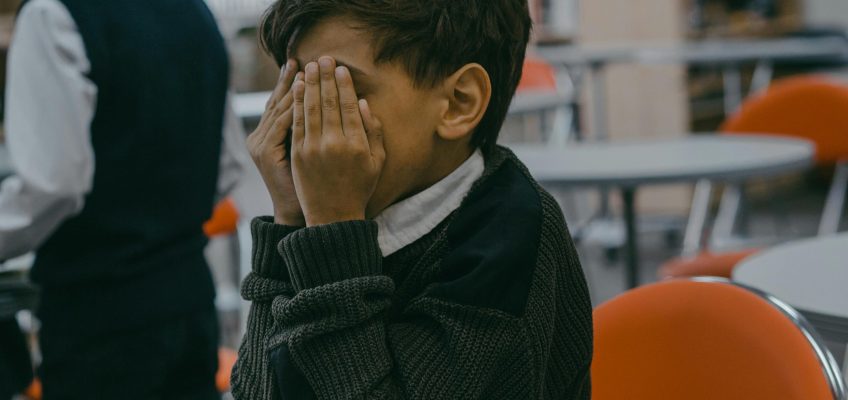Trauma in children often goes unnoticed, yet its impact can be profound and long-lasting. As caregivers and educators, understanding the signs of trauma is crucial in providing the support children need to heal and thrive.
Understanding Childhood Trauma
Childhood trauma refers to the emotional response a child has to an extremely negative event. These events can include, but are not limited to, abuse, neglect, loss of a loved one, or witnessing violence. The effects of trauma can manifest differently depending on the child’s age and developmental stage.
Signs of Trauma by Age Group
Preschool Children (Ages 0-5):
- Fear of separation from parents
- Frequent nightmares or sleep disturbances
- Regression in previously mastered skills (e.g., toilet training)
- Excessive crying or screaming
- Loss of appetite
Elementary School Children (Ages 6-12):
- Anxiety, fear, or depression
- Difficulty concentrating
- Decline in academic performance
- Withdrawal from friends or activities
- Aggressive or disruptive behaviour
Adolescents (Ages 13-18):
- Feelings of guilt or shame
- Risky behaviours (e.g., substance abuse, self-harm)
- Difficulty with relationships
- Persistent sadness or hopelessness
- Changes in eating or sleeping patterns(Harbor Psychiatry & Mental Health, PMC)
The Importance of Early Recognition
Recognising the signs of trauma early can significantly improve a child’s ability to recover. Early intervention can prevent the development of more severe mental health issues later in life. Educators and parents play a pivotal role in identifying these signs and seeking appropriate support.
Steps to Support a Traumatised Child
- Create a Safe Environment: Ensure the child feels secure and protected.
- Maintain Consistent Routines: Predictability can provide a sense of stability and security.
- Encourage Open Communication: Allow the child to express their feelings without judgment.
- Seek Professional Help: Consult with mental health professionals specialising in child trauma.
- Educate Yourself: Understand trauma and its effects to better support the child.
Seeking Professional Help: Where to Start
If you suspect a child is experiencing trauma, it’s essential to seek professional assistance. HealingLeaves offers comprehensive training on support for traumatised children. Their H.E.L.P (Helping Empower Lives Positively) program is designed to educate parents, teachers, caregivers, and anyone working with children to better support and empower them.
To learn more about HealingLeaves’ programs or to get involved, you can contact them here:
- Email: marthe@healingleaves.co.za
- Website: healingleaves.co.za
By reaching out to organisations like HealingLeaves, you can access resources and support systems tailored to assist children in their healing journey.
Conclusion
By staying informed and vigilant, parents and teachers can make a significant difference in the lives of children who have experienced trauma. Early recognition and intervention are crucial in helping these children heal and develop resilience.
Felicia Richardson is an internationally accredited life coach and NLP practitioner dedicated to empowering individuals through trauma-informed practices.

